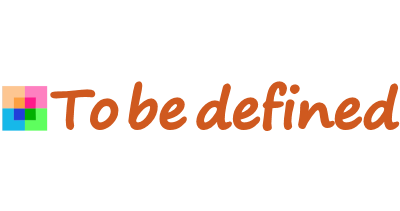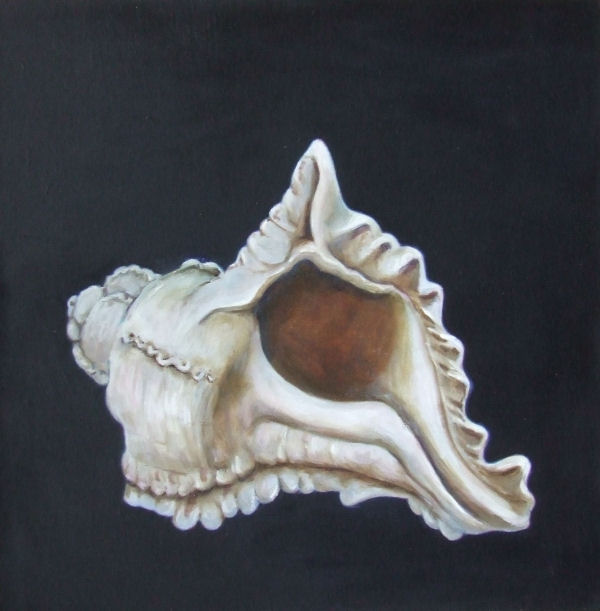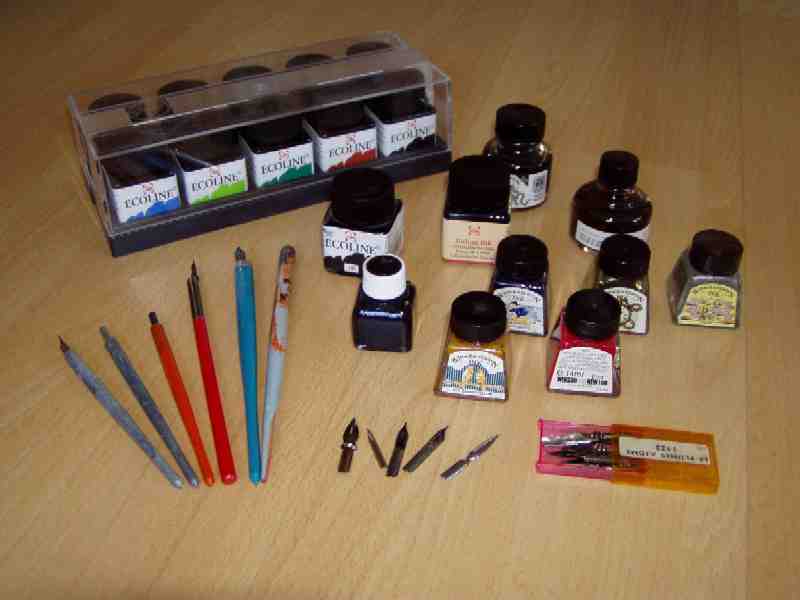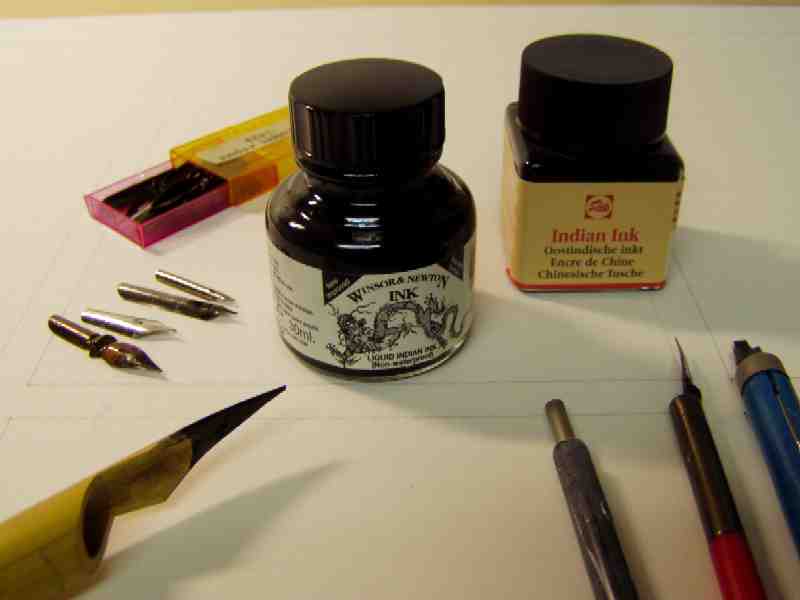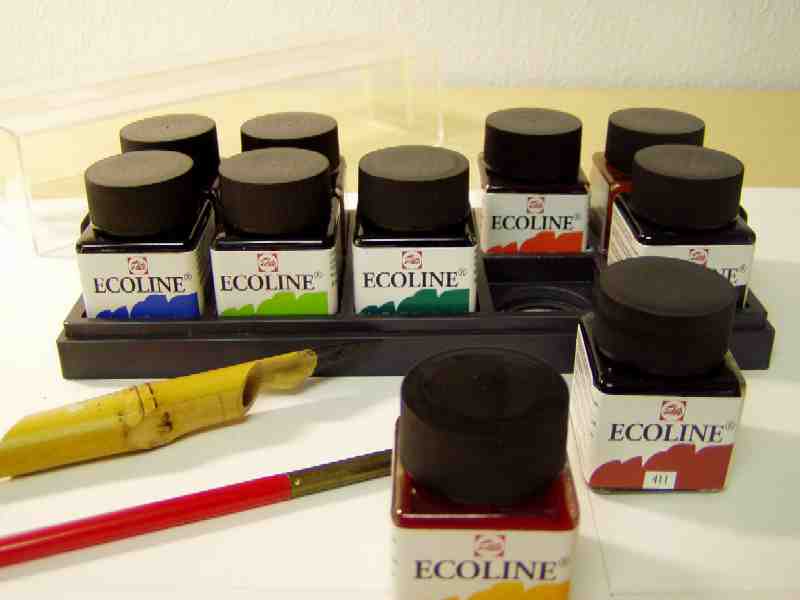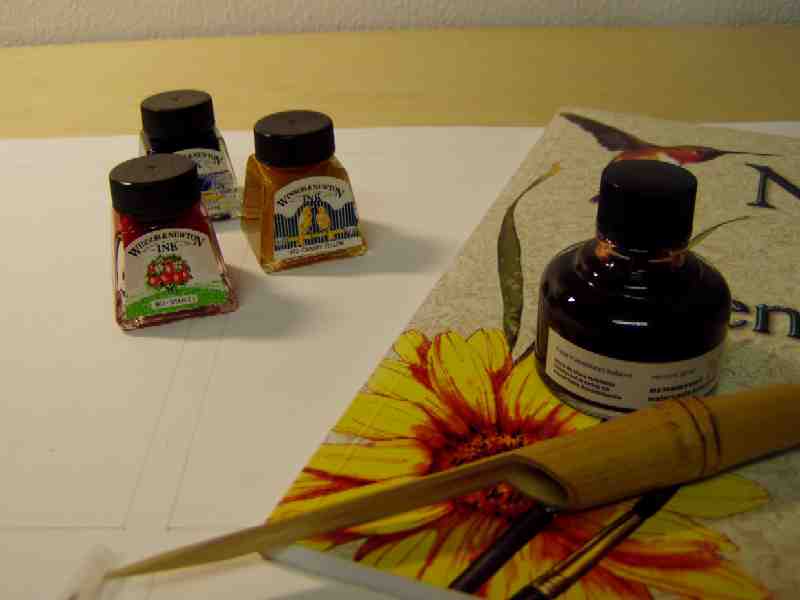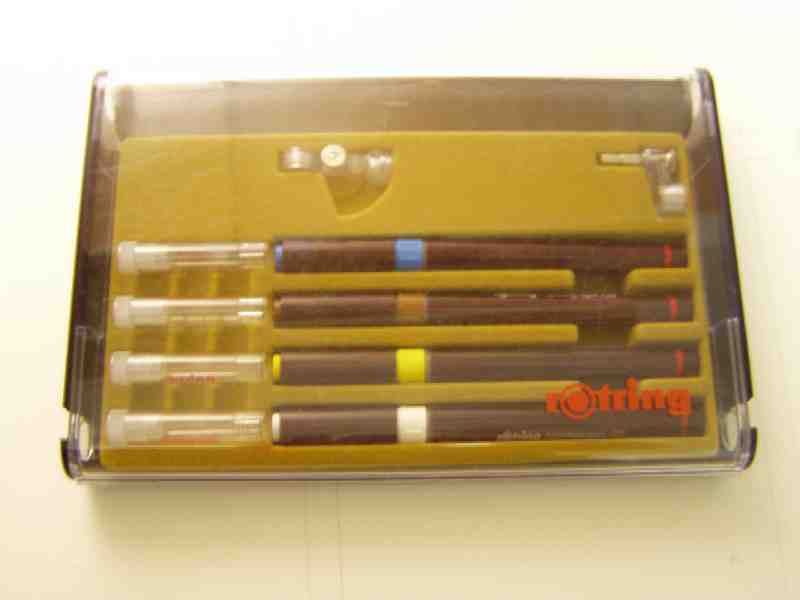TNowadays, with modern techniques, inks also contain additives that, for example, make the ink waterproof, such as shellac. There are also inks in which pigments are used or inks based on acrylic with much higher lightfastness.
|
India ink
India ink is a lightfast deep black ink widely used by artists. It is one of the oldest known types of ink. The ink consists of pure carbon (soot) mixed with water. There is no pigment involved. There is also no binder, such as gum arabic or a similar substance, needed to bind the particles to the paper and to each other after drying. The soot settles on the substrate as a brittle, water-insoluble carbon film after the water dries. The name "India ink" has been used for various inks containing soot (lamp black), and most of these did contain gum arabic or shellac to make the film less brittle. However, this reduces the water resistance in the case of gum arabic; shellac itself is water-resistant.
Although the usual form of India ink is liquid, this ink used to be available in the form of blocks that were ground with water on a rubbing stone. These blocks were made by mixing the soot with a gum, cutting the tough mass into pieces, and baking these chunks. Traditionally, this made the ink contain a gum component. India ink is very lightfast. Even after centuries, the ink does not fade—pure carbon cannot be broken down by light—and the text can still be read on very worn papyrus scrolls and parchments.
|
Ecoline or Liquid Transparent Watercolor (Talens)
This is the best-known ink after India ink. Everyone has worked with it in primary school at some point. The colors are very bright and mix well with each other. Unfortunately, Ecoline is not very lightfast. This means that the colors in a work made with Ecoline will fade over time.
Calligraphy Ink
These inks are specially intended for calligraphy. The colors are very bright, and the inks are waterproof.
|
Waterproof drawing ink, for example, by Winsor & Newton or Koh-I-Noor
These inks contain shellac to make them waterproof. You can therefore work in layers. The color intensity can be easily reduced by adding water. All colors can be combined, except for gold and silver, which you should not mix due to different chemical reactions. You can add gold or silver to other colors, but this should be done in small amounts.
Acrylic-Based Ink, for example, Aerocolor by Schmincke
These inks are made from pigments in an acrylic solution. The lightfastness of these inks is exceptionally high. Due to the acrylic, this ink is also suitable for use on a flexible substrate. The ink is waterproof. It is also possible to work in layers with this ink.
|
|
The carrier for ink is usually a smoother type of paper. This prevents the pen from catching on the paper. If you also want to use washes or color larger areas, the paper should also be suitable for this. One option could be to choose a smoother type of watercolor paper. To prevent annoying buckling in the paper, you can stretch the paper beforehand or buy it in blocks. Paper in a block is usually glued on two or more sides, so you don't need to stretch it. If you buy heavier paper, from about 300 grams, you don't need to stretch it either.
Ink is both a drawing and a painting material. When working with ink, you can use pens, reed pens, brushes, technical drawing pens, or an airbrush. Straws are also used to blow the ink into irregular patterns over the paper. Stamping with different types of sponges and such is also possible. In short, there are many possibilities. Choose a material that fits what you want to show or express. More on this will be discussed in the next article on ink techniques.
|
